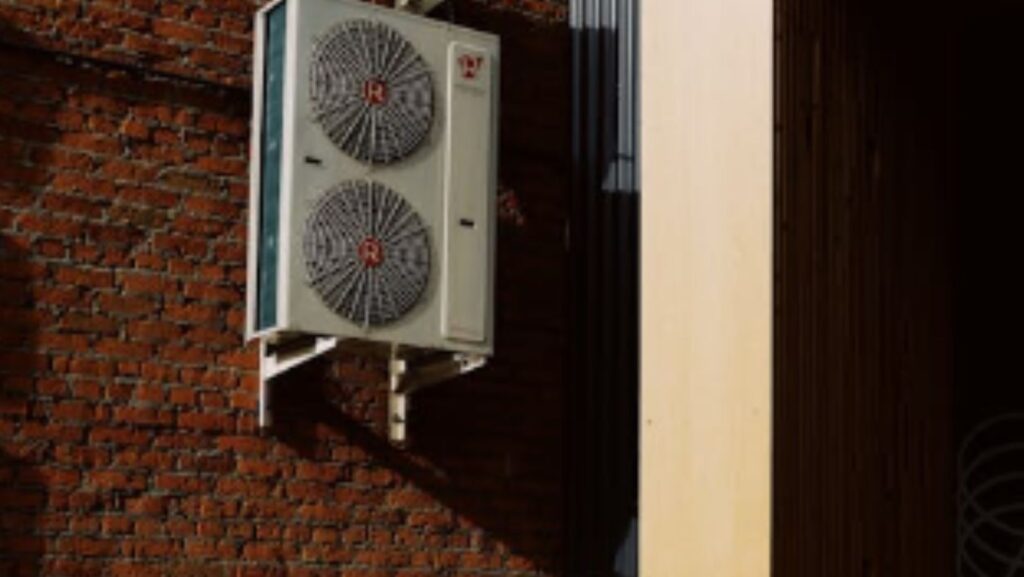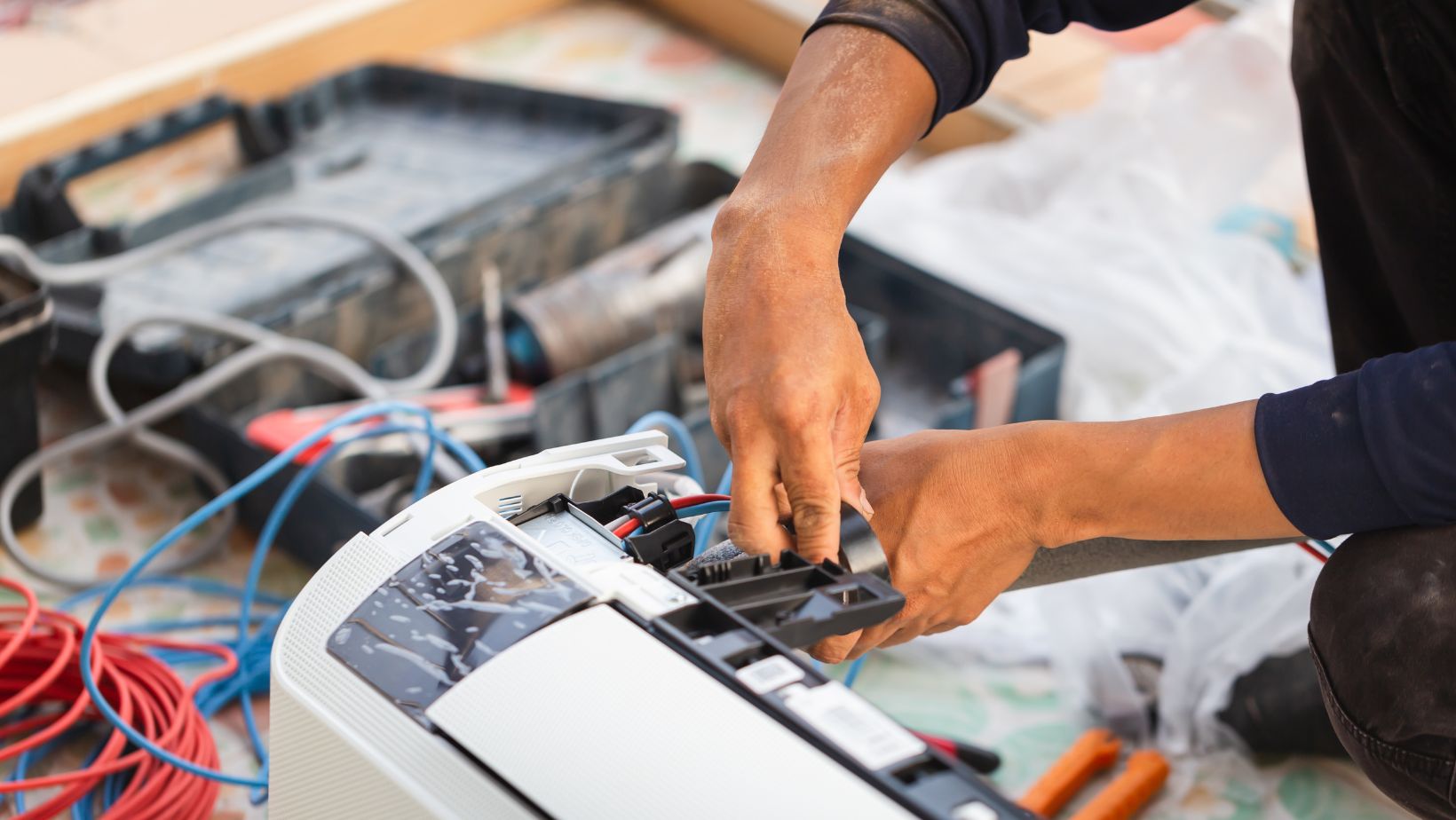An AC unit uses several technologies to control your home’s humidity and temperature while purifying the air. Its main objective is to provide acceptable indoor air quality and thermal comfort. Unfortunately, these systems tend to break down when overworked, particularly in winter or summer.
Regular maintenance can help, but there are times when even properly serviced units fail. Fortunately, some common AC issues are DIY-friendly, but contacting a technician’s always a good idea. If you want to know why is my AC blowing warm air, here are the most common AC issues that you can solve at home.
The AC Isn’t Functioning Properly
An AC can malfunction without notice, leaving everyone sweating in the house. Fortunately, there are some DIY repairs you can do before contracting an AC technician. If the batteries are over three months old, you can start by replacing them.
Due to their “place-and-leave” nature, you can forget to replace the thermostat’s battery after every three months. If they’re dead, install new batteries and set your thermostat to cooling. Set your desired temperature and then restart the system. If the problem persists, then you can reset the circuit breaker.
Before resetting the circuit breaker, you must cut power to the AC and the thermostat to prevent further damage. Next, look for the breaker switch, usually labeled in most systems. However, you can refer to your unit’s wiring diagram or electrician plan if it isn’t labeled. After locating the switch, you can turn it off for a few seconds and switch it back on. If this doesn’t work, you can look for the isolator switch before finally using the reset button.
Poor Airflow
An inefficient unit can increase your utility bill while making your home uncomfortable. If your AC is struggling, then chances are that its air filters will be damaged or dirty. You should change them and remove any debris blocking your system. Remove anything blocking the central unit, grills, ducts, and vents. Cleaning these areas and replacing the filters can improve your unit’s efficiency.
Leaking System
Generally, these systems leak condensate and fluid, but excessive leaking can be an issue. Clogged condensate lines can force your system to start leaking. When tackling this issue, you should always follow the manufacturer’s instructions.
A Noisy AC
Anyone in your home should feel this unit function rather than listen. If your unit is too loud, it works too hard to keep your home cool. A failing system tends to be quite noisy, so when dealing with this issue, you’ll have to listen to the type of noises it’s producing.

If it’s rattling, the compressors, fans, or motors may be defective. A damaged belt can produce screeching and squealing noises. If you don’t know the source of the noises, you can remove the debris near the AC and listen again. But if the noises persist, you can contact an AC technician.
Endnote
An AC can break down when you least expect it, so knowing how to handle the above issues is always a good idea. If it’s noisy or over-leaking, you can call a professional. However, some simple things, like changing the thermostat batteries, replacing the filters, and resetting the circuit breaker, can fix a malfunctioning unit.



More Stories
Should You Purchase or Rent Construction Equipment?
Storage Solutions That Work for Both Contractors and Homeowners
Unlocking Paradise: A Comprehensive Guide to Purchasing Property in Mauritius